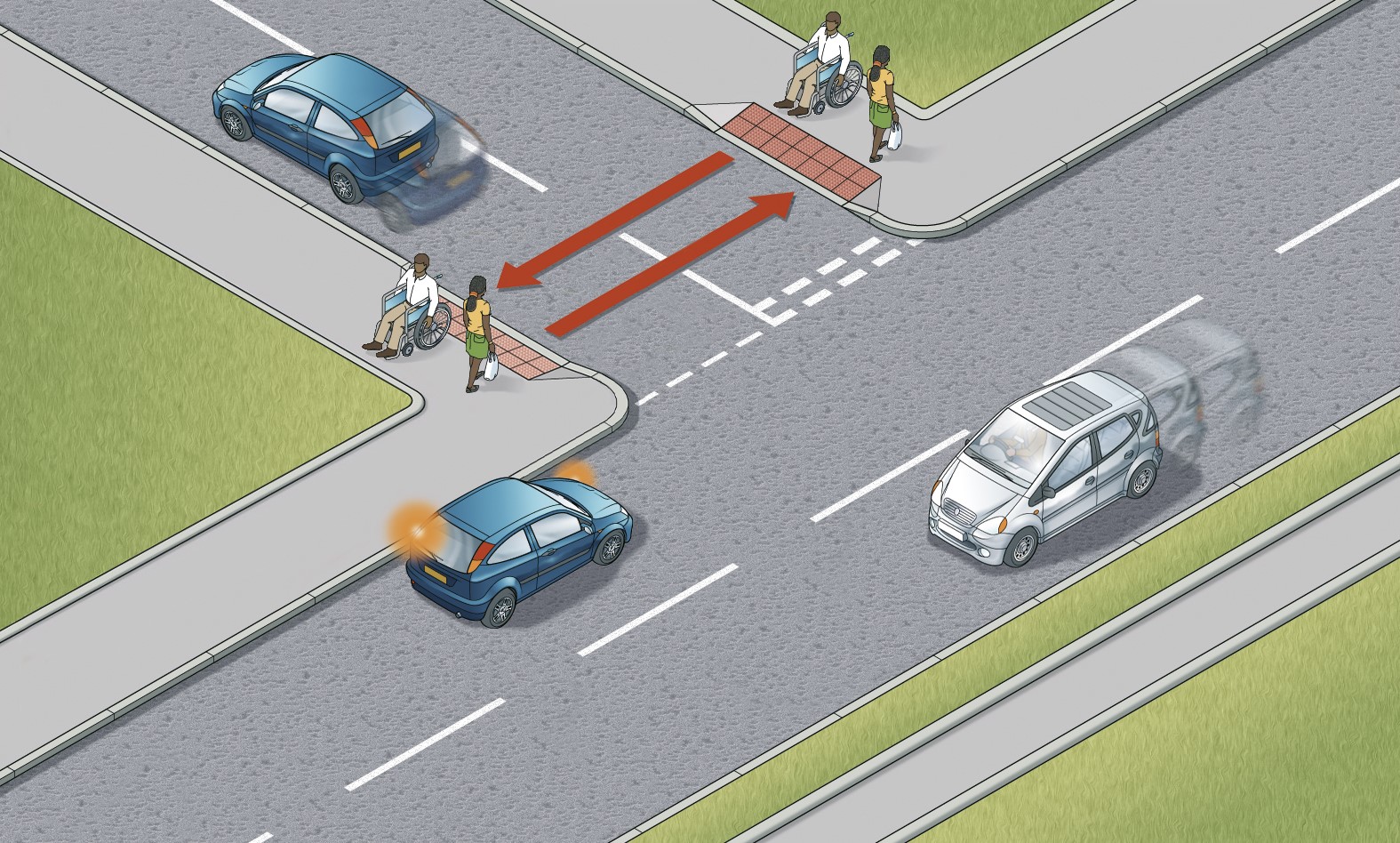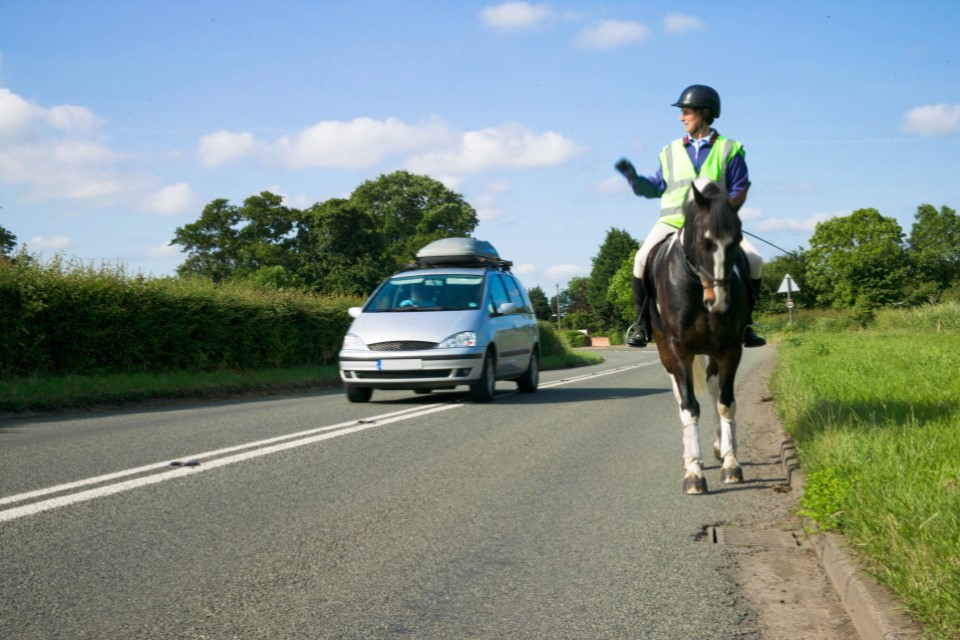A new Highway Code update has come into force on the UK’s roads, bringing with it key changes for drivers, pedestrians and cyclists. Below we explore each.
Hierarchy of road users
One of the most important Highway Code changes 2022 is the new hierarchy of road users, which is designed to ensure that those who will cause most harm in the event of a collision – such as the drivers of HGVs, passenger vehicles, cars and motorcyclists – have a greater responsibility for safety over those who are more vulnerable and most at risk of harm, such as pedestrians and cyclists. Cyclists and horse riders, meanwhile, also need to ensure they reduce the danger to pedestrians. With a higher likelihood of drivers being prosecuted over accidents involving pedestrians and cyclists under this new guidance, dash cams have an important role enabling drivers to show they have followed the new rules in the event of any collision or claim. Installing and using a dash cam is also financially savvy, as those who cannot prove an incident was not their fault risk having blame wrongly apportioned and suffering financial penalties as a result, including having to pay an excess, suffer higher premiums for years afterwards and losing their no claims discount.
People crossing the road at junctions
 Image from: www.gov.uk
Image from: www.gov.uk
In this Highway Code update, another piece of new guidance is that drivers should now give way to pedestrians crossing or waiting to cross a road into which or from which they are turning. Drivers have always been required to give way if pedestrians are already crossing the road but should now also give way if someone is waiting. The same now applies to giving way to people waiting to cross at a zebra crossing. Dash cams also bring benefits here because they allow drivers to show they have followed the new guidance in case of any incident, including any ‘crash for cash’ claim, where scammers deliberately step out without warning and try and claim injury has been caused.
New priority for cyclists when cars are turning
Additionally, under the new Highway Code changes, drivers are now advised to allow cyclists or horse riders to pass and go straight ahead before turning, rather than cutting across them. If turning would cause the cyclist or horse rider to stop or swerve, the new guidance is to wait for a gap in traffic, even if that means drivers having to stop briefly. Having a dash cam can also help in this instance as it enables drivers to report dangerous driving from others to local police via the Nextbase national dash cam safety portal, helping make the roads safer for all.
 Image from: www.gov.uk
Image from: www.gov.uk
New guidance on using shared spaces
Where spaces or routes are shared between different groups of users, cyclists, horse riders and anyone driving a horse-drawn vehicle should respect the safety of walkers, but the Highway Code changes also specify that people walking should take care not to obstruct or endanger them. Cyclists, in particular, are asked not to pass others closely or at high speed, particularly from behind, and to take action such as ringing a bell to let people know they are there.
Positioning of cyclists
The changes to Highway Code 2022 allow cyclists to position themselves in the centre of their lane on quiet roads, in slow-moving traffic and as the road narrows or they approach junctions. They can also keep at least 0.5 metres from the kerb edge – and further if safer – while cycling in traffic that is moving faster than them. The updated code also suggests that when riding in groups, riding two abreast is ok, and may actually be safer, particularly when accompanying children, for example. Cyclists riding in this way are asked to be aware of motorists behind them, and allow them to overtake, by stopping or moving to single file, when it is safe to do so. Again, a dash cam which constantly records the road ahead can be useful in case of any kind of incident where what has happened, and who was in the wrong, is in dispute.
Overtaking by drivers or cyclists
 Image from: www.gov.uk
Image from: www.gov.uk
The changes to Highway Code also have new guidance on overtaking and safe passing distances. The advice for drivers or motorcyclists is to leave at least 1.5 metres when overtaking cyclists at speeds up to 30mph, and more at higher speeds. If they are passing at speeds of under 10mph, for example overtaking horse riders, the advice is to leave at least two metres. At least two metres, combined with keeping to low speed, is also the guidance for people walking in the road, for example where there is no pavement. If it is not possible to meet these clearances, the advice is to wait behind them until it is. Here, too, dash cams can help drivers prove they were following the Highway Code guidance in case of any incident or dispute.
Cycling at junctions Where there are no separate cycle lanes, the Highway Code update suggests that cyclists should position themselves into the centre of the lane to make themselves more visible as well as stop them being overtaken if that would be dangerous. The code also clarifies that when cyclists are going straight ahead at a junction, they have priority over traffic waiting to turn into or out of a side road, unless road signs or markings indicate otherwise. Like other road users, when turning into or out of a side road, cyclists should give way to people walking who are crossing or waiting to cross.
Priorities on roundabouts The Highway Code changes 2022 make it clear that drivers or motorcyclists should give priority to people cycling on roundabouts, including allowing them to move across their path as they travel around the roundabout. Dash cams can be used to confirm correct road use in the event of any incident where there are contradictory views.
Parking and leaving vehicles Finally, the Highway Code changes recommend a new technique, known as the Dutch Reach, for leaving vehicles which helps drivers or passengers check for others. This involves opening a door using their opposite hand – for example using their left hand to open the right-hand side door. Doing this makes them turn their head to look over their shoulder, meaning they are less likely to cause injury to passing cyclists, motorcyclists and walkers by opening a door without warning as they are passing.

